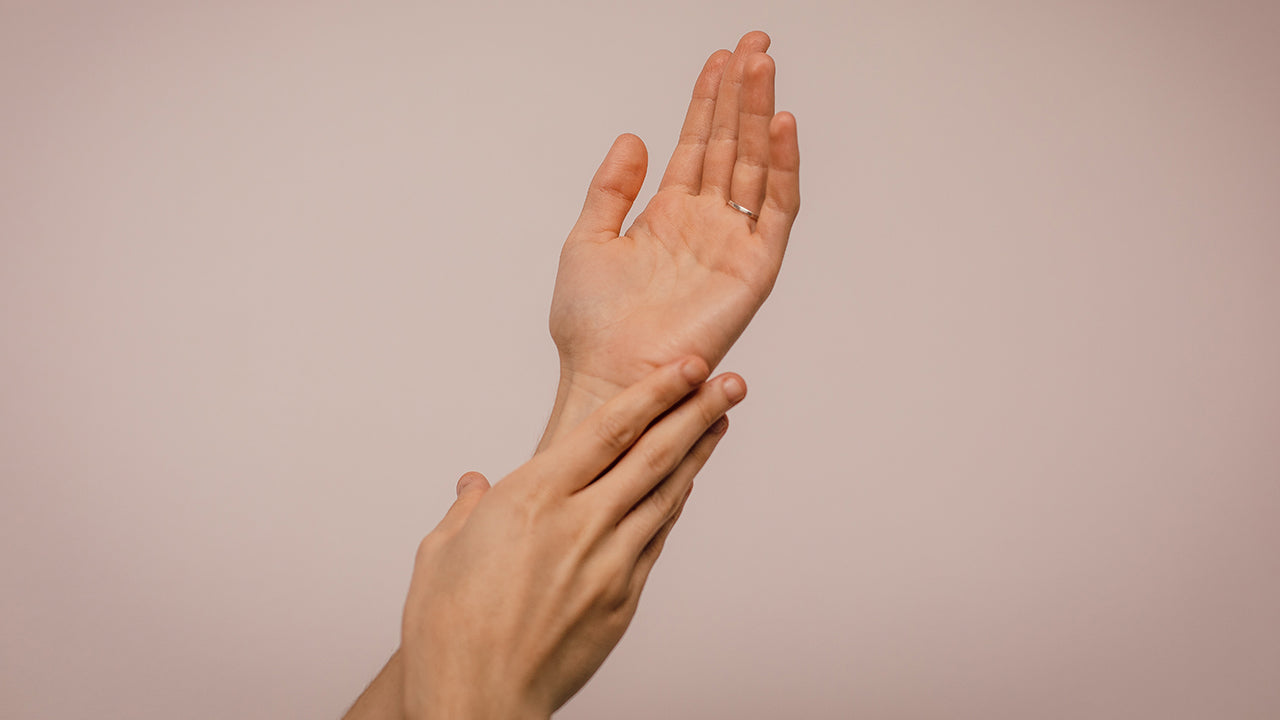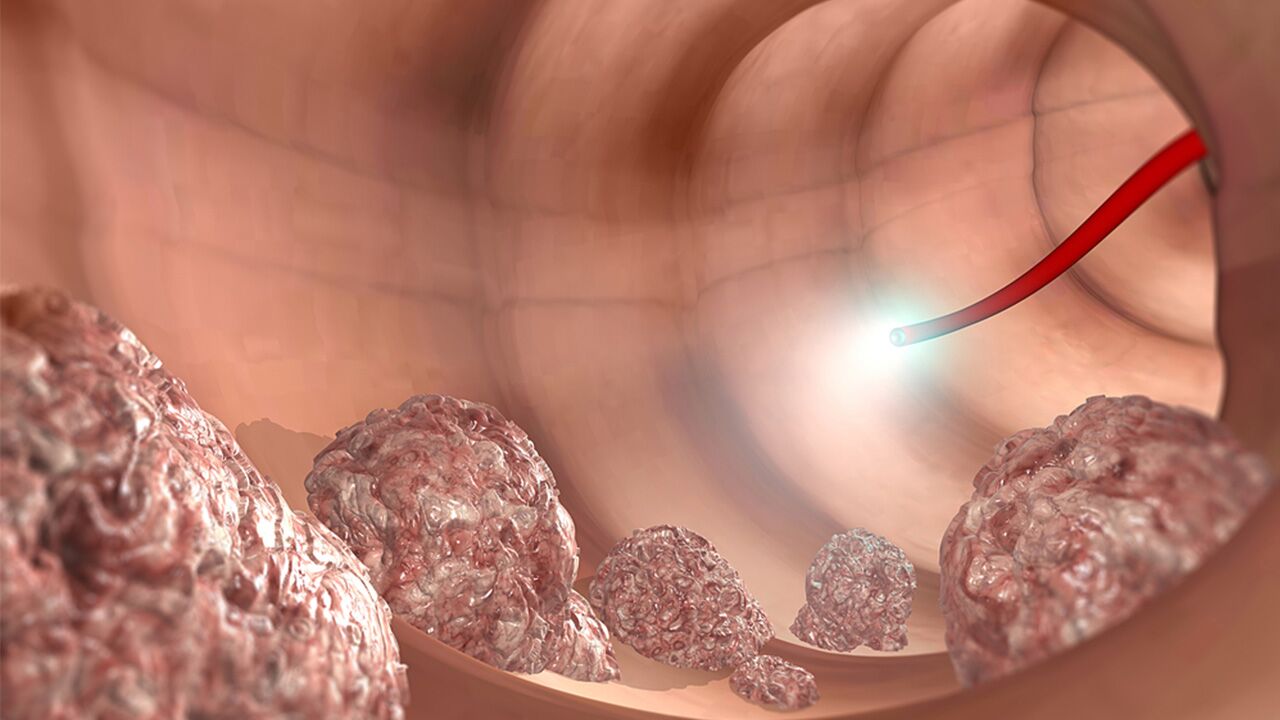Skin Cancer: Types, Symptoms and How It’s Treated
 By: by Amino Science
By: by Amino Science

Skin cancer is one of the most common types of cancer and begins when cells in the skin start to grow abnormally and rapidly. Skin cancer cases have been increasing in recent years. It’s important to be familiar with the different types of skin cancer, how to recognize the symptoms, the various treatments available, and how to lower your risk.
Common Types of Skin Cancer
Your skin has the very important job of protecting your body from bacteria and toxins, dehydration, and other organisms that are in the environment. The epidermis is the outer layer of your skin that is your initial barrier against the outside world and is constantly renewing itself by shedding skin cells called squamous cells. The dermis is below this layer and contains basal cells, sweat glands, nerve endings, capillaries, and hair follicles.
The color of your skin is determined by cells called melanocytes, which are responsible for producing melanin, the pigment tied to skin color. Your melanocytes produce more melanin when you spend a longer time in the sun. While many of us strive for a good tan, tanning is actually an indicator that your skin has suffered sun damage. When we are exposed to too much ultraviolet (UV) light from the sun’s rays and the epidermal cells are affected, DNA mutations can occur, leading to a growth of cancerous cells in our skin. Skin can be harmed by both UVB and UVA sun rays. UVB causes skin to burn, while UVA infiltrates the innermost layers of the skin and accelerates aging.
Common skin cancers include:
- Basal cell carcinoma (BCC): The leading diagnosis of skin cancer, BCC is commonly seen in people with fair complexions, especially after several years of being out in the sun or using tanning beds.
- Squamous cell carcinoma (SCC): After being exposed to sun rays over long periods of time, squamous-cell skin cancer grows under the skin surface, causing damage. SCC can spread throughout the body, so spotting and treating this cancer is extremely important.
- Melanoma: The most dangerous form of skin cancer, melanoma is not as common but can be life-threatening if not found early. When the sun damages melanocytes and DNA is altered, cells start to grow uncontrollably, leading to the formation of a tumor. Melanoma is often seen in a mole or freckle, or is recognized when a spot appears on the skin that wasn’t there before.
Skin cancer can also appear in other rare forms including Merkel cell carcinoma, kaposi sarcoma, lymphoma, and sarcoma, and in these instances goes beyond the skin layers, affecting hair follicles, sweat glands, and tissues.
Skin Cancer Stats
According to the American Cancer Society, every year, around 5.4 million squamous and basal cell skin cancers are diagnosed, with 8 in 10 of the individuals having cancer of the basal cells. You can have more than one type of skin cancer at the same time and possibly have skin cancer multiple times during your life.
If you have ever had a sunburn, even just one, you have put yourself at risk for skin cancer. When the skin burns, the skin cells’ DNA is damaged and may lead to the formation of cancerous cells. Even one sunburn every 2 years can increase your risk of melanoma by 3 times.
It is estimated that over 91,000 American adults will have melanoma, which is among the leading cause of cancer in both men and women. Melanoma is often seen in females before they reach age 50, but the rate is much higher in males after they turn 65. For many elderly men, the skin cancer rate continues to climb, and the diagnosis rate is triple that of women. Melanoma rates do continue to grow in the younger population, especially in women in their teens and 20s, and is now one of the highest rates of cancer seen in young females.
The question arises why skin cancer rates are going up, even with more knowledge of the dangers and the importance of prevention. People continue to spend more time in the sun, sometimes without proper sun protection, but we also have increased cases of skin cancer being diagnosed simply because more people are going to the doctor for diagnosis and life spans are extending as years go on. The most important step in skin cancer diagnosis is early detection of symptoms so treatment can begin as soon as possible.
Skin Cancer Symptoms
Skin cancer is most often seen on parts of the body that have the most sun exposure, like the nose, ears, back of the neck, face, and scalp, but warning signs can appear in other areas like your chest, back, and limbs that may not be exposed to the sun as frequently. The main cause of cancer is an overexposure to UV radiation from the sun or tanning beds. If your DNA is damaged and your body is unable to repair it, cancerous cells can begin to form and multiply.

Risk of Skin Cancer
Skin cancer is unbiased and affects individuals of all skin colors and nationalities; however, fairer skinned people and those who burn more frequently are more susceptible to skin cancer forming. The most common risk factors for skin cancer include:
- Exposure to UV light through sun and tanning beds
- People with fair skin and red or blonde hair
- Those with a compromised immune system from a chronic condition
- Taking medication that makes one more sensitive to UV light
- People who are over 65, particularly men
- Living or visiting higher elevation areas or locations close to the equator
- Frequent X-ray exposure or harmful chemicals
- Being a carrier of the herpes virus
- Actinic keratosis, a precancerous scaly patch or skin growth on the face, heads, or hands
- A medical history of skin cancer, which ups by 20% your chance of developing a second skin cancer within 2 years
Researchers do not believe that skin cancer runs in the family since UV light is the main cause of the disease developing. However, your genes do play a role in the sense that your hair and skin color, how your pigment reacts to sun exposure, and overall appearance may put you at a higher risk.
Skin Cancer Diagnosis
It is important to give yourself regular skin checks and keep track of any suspicious spots or changes that you notice. If anything causes alarm or raises questions, see your doctor or dermatologist as soon as possible. He or she can give you a thorough examination and confirm any irregular-looking areas. You will want to discuss when you first noticed this change or an appearance of a new spot if you have had any sunburns within the last 2 years, and any other information that may be helpful for a diagnosis. Your doctor will run through the above steps of checking color, shape, size, and texture, and record any findings.
When your doctor suspects skin cancer, a portion of the area will be taken for a biopsy. The spot will be numbed and a small section will be cut away and sent to a lab for testing. The portion will be put on a slide and examined with a microscope for the presence of cancer cells.
If skin cancer is confirmed, next steps are to determine if it has spread and affected other tissues. Your doctor will ascertain the stage of skin cancer on a scale of 0 to 4, with 4 being the most serious. In stage 0, the cancer has not spread and is contained to the area of the skin. This staging step measures the severity of your condition and how to move forward with treatment.
Skin Cancer Treatment
It is important to remain positive if you are diagnosed with skin cancer, as there are many different treatment options. Your doctor will determine the best treatment plan based on the results from all your tests, your current health, and the size and location of your tumor.
1. Topical Medications
If your cancer has not spread and can be treated topically, you may be prescribed a gel or cream that encourages your immune system to produce interferon to begin attacking the cancer cells. Your skin in that area may become irritated and red temporarily, but those side effects should subside after the prescribed time is complete.
2. Surgical Removal
Your doctor may suggest removing the tumor completely by cutting out the infected area and surrounding tissue. If the area is small, the wound will be stitched closed, but if it’s a larger area, a skin graft may be used to cover the open area of skin. This treatment is typically very successful, especially when no spreading has occurred. Many times the portion that is removed will be sent in for further testing to ensure no cancer has been left behind.
Heal, a Surgical Recovery blend of essential amino acids, can help support a healthy inflammation response and accelerate wound healing. Order Heal here.
3. Electrodesiccation and Curettage (ED&C)
This surgical method is used to remove warts, angiomas, and different forms of skin cancer. After numbing the area, an instrument called a curette is used to scrape off several levels of skin cells. Then, using a metal tool, the edge of the tumor is widened and cauterized in an attempt to destroy abnormal cells. This method is often used when the cancer is closer to the surface of the skin and in areas of the skin where scarring is less noticeable, like the back or chest, since it can leave behind a significant scar.
4. Mohs Micrographic Surgery
Mohs surgery is very effective at removing squamous cell carcinomas and basal cell carcinomas. The tumor is microscopically examined during the procedure instead of after. The surgeon is able to remove all the cancer cells while preserving a larger amount of healthy surrounding tissue. This option is often very successful and causes less scarring by taking the guesswork out of removing all skin cancer cells.
5. Radiation Therapy
If your doctor does not feel surgery would be successful or if the area is very large, radiation therapy may be recommended. An electron beam is focused on the portion of skin where the tumor is located, only penetrating the skin layers. Depending on your particular case, you may return for 10 or more sessions to ensure all cancer is eliminated. It has been found that new cases of skin cancer can develop in the same area in the future, so this method may be the last resort for a younger patient.
Other methods for removing skin cancer include freezing the tissue with cryosurgery, focusing on the tumor with laser surgery, and using a blue light and medication with photodynamic therapy (PDT).
Prognosis
If diagnosed with non-melanoma skin cancer, the prognosis is usually very positive and able to be cured. A healthy individual with a strong immune system has an excellent survival rate, especially when it is caught and treated early.
While less common and more deadly than other skin cancers, melanoma can be more serious and difficult to treat. However, with early and proper treatment, the survival rate can be good. In the United States, melanoma accounts for about 1% of all skin cancers diagnosed, but it can be the deadliest, so early detection and treatment is essential. The 5-year survival rate for melanoma is 92% after the initial diagnosis.
A positive outcome is possible when you take action as soon as you see changes in your skin or have suspicious lesions or moles. Make a yearly appointment with a dermatologist for a skin screening or get in sooner if you have concerns.
Skin Cancer Prevention
Prevention is key when it comes to skin cancer, and there are many simple steps to follow to lower your risk.
- Always apply sunscreen before heading outdoors, and reapply every few hours and after going in the water.
- Wear protective clothing that covers your skin, and look for specific brands that have UV protection in the fabric.
- Protect your face with a large brimmed hat and sunglasses and stay in the shade when possible.
It’s good to avoid going in the sun between 9 am and 3 pm during the hottest, most intense period of the day. If you see your skin is turning red or pink, either cover up or get inside out of the sun.
It is also important to avoid sunbeds at tanning salons. Research has shown that using a tanning bed can nearly double your skin cancer risk compared to spending that same amount of time in the sun during the summer, and can increase your risk for melanoma by as much as 20%. It is possible to enjoy the sun and outdoor activities while still protecting yourself from potential risks like skin cancer.

Up to 25% off Amino
Shop NowTAGS: conditions
Join the Community
Comments (0)
Most Craveable Recipes




 833-264-6620
833-264-6620



















